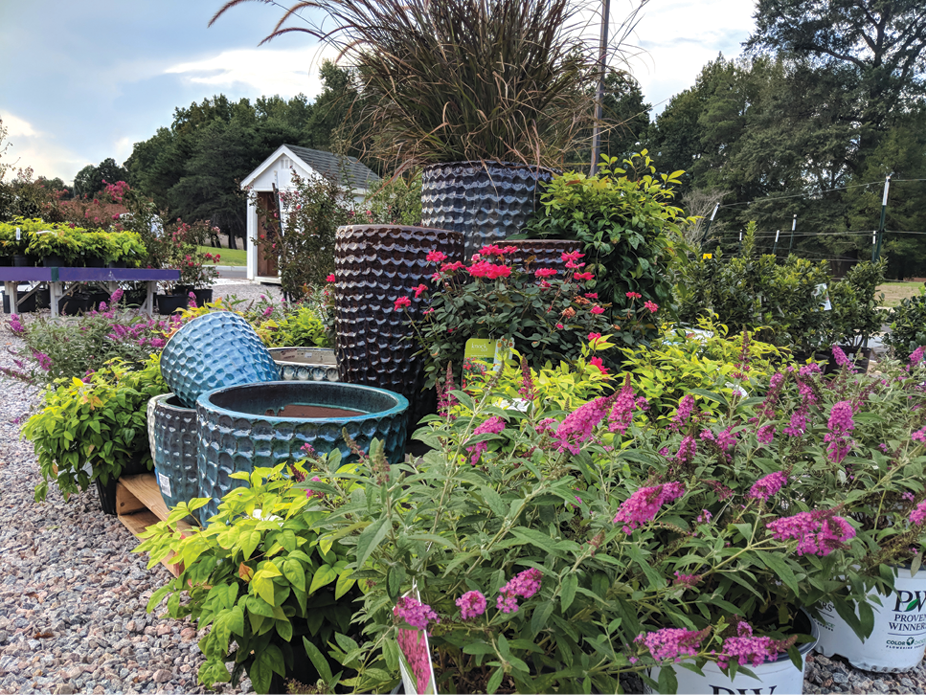Formal garden design is an art form that combines meticulous planning with a touch of opulence to create outdoor spaces that exude timeless beauty and refinement. In this article, we will explore the fascinating world of formal garden design, unraveling its key elements, historical significance, and the enduring allure that continues to captivate gardening enthusiasts and landscape architects alike.
The Essence of Formal Garden Design
Contents
At the heart of formal garden design lies the pursuit of order, balance, and precision. These gardens are characterized by their geometric layouts, symmetrical patterns, and an emphasis on structure. Each element, from hedges and pathways to fountains and sculptures, is carefully placed to create a sense of harmony and elegance.
Read Also: Formal Garden Party Attire Elegance Amidst Nature’s Splendor
Key Elements of Formal Garden Design
- Symmetry: Symmetry is the foundation of formal garden design. Elements are arranged in mirror-image pairs or along central axes, creating a sense of balance and order.
- Geometric Shapes: Straight lines, right angles, and geometric shapes like squares, rectangles, and circles are prominent features in formal gardens. They provide structure and a sense of control.
- Hedges and Topiaries: Neatly trimmed hedges and topiaries are hallmarks of formal gardens. They serve as living sculptures, adding visual interest and enhancing the sense of order.
- Paths and Walkways: Straight and well-defined pathways guide visitors through the garden. They often intersect at right angles or form graceful curves, inviting exploration.
- Focal Points: Formal gardens frequently feature focal points such as fountains, statuary, or gazebos. These elements draw the eye and create visual interest.
- Paths Planting: Flowers and plants are chosen for their aesthetic appeal and often arranged in symmetrical patterns or color-coordinated schemes.
- Terraces and Parterres: Raised terraces and intricate parterres (ornamental gardens with patterned designs) provide elevation and architectural interest.
Read Also: Formal Gardens The Art of Symmetry and Elegance
Historical Significance
Formal garden design has a rich history that spans centuries and continents. It was during the Renaissance in Europe that formal gardens reached their zenith, inspired by the revival of classical ideals. French formal gardens, exemplified by the Gardens of Versailles, showcased the opulence and grandeur of the era. Italian Renaissance gardens, such as the Boboli Gardens in Florence, embraced a more humanistic approach, blending art, nature, and architecture.
In the 17th and 18th centuries, formal garden design found its way to England, where it was adapted to suit the English climate and sensibility. Influential landscape architects like André Le Nôtre in France and Capability Brown in England left an indelible mark on the evolution of formal gardens.
Read Also: Kingwood Center Gardens A Botanical Paradise in the Heart of Ohio
The Timeless Allure
Formal gardens continue to enchant and inspire gardeners and landscape architects today for several reasons:
- Aesthetic Beauty: The precision and order of formal gardens create visually stunning landscapes that appeal to our sense of aesthetics.
- Historical Charm: Formal gardens often come with rich histories, offering visitors a glimpse into the past and the cultural values of different eras and regions.
- Design Inspiration: Elements of formal garden design, such as symmetry and structure, continue to influence contemporary landscape architecture.
- Serene Retreats: Despite their structured appearance, formal gardens offer a serene escape from the chaos of modern life. They provide a sense of calm and order, making them ideal spaces for reflection and relaxation.
Formal garden design is a testament to human creativity and the enduring desire to shape and celebrate nature in a harmonious and elegant manner. Whether you’re exploring a historic European estate or designing your own formal garden, the principles of symmetry and elegance remain at the heart of this captivating art form. Formal gardens are not just landscapes; they are living expressions of the timeless allure of order and beauty in our natural world.




